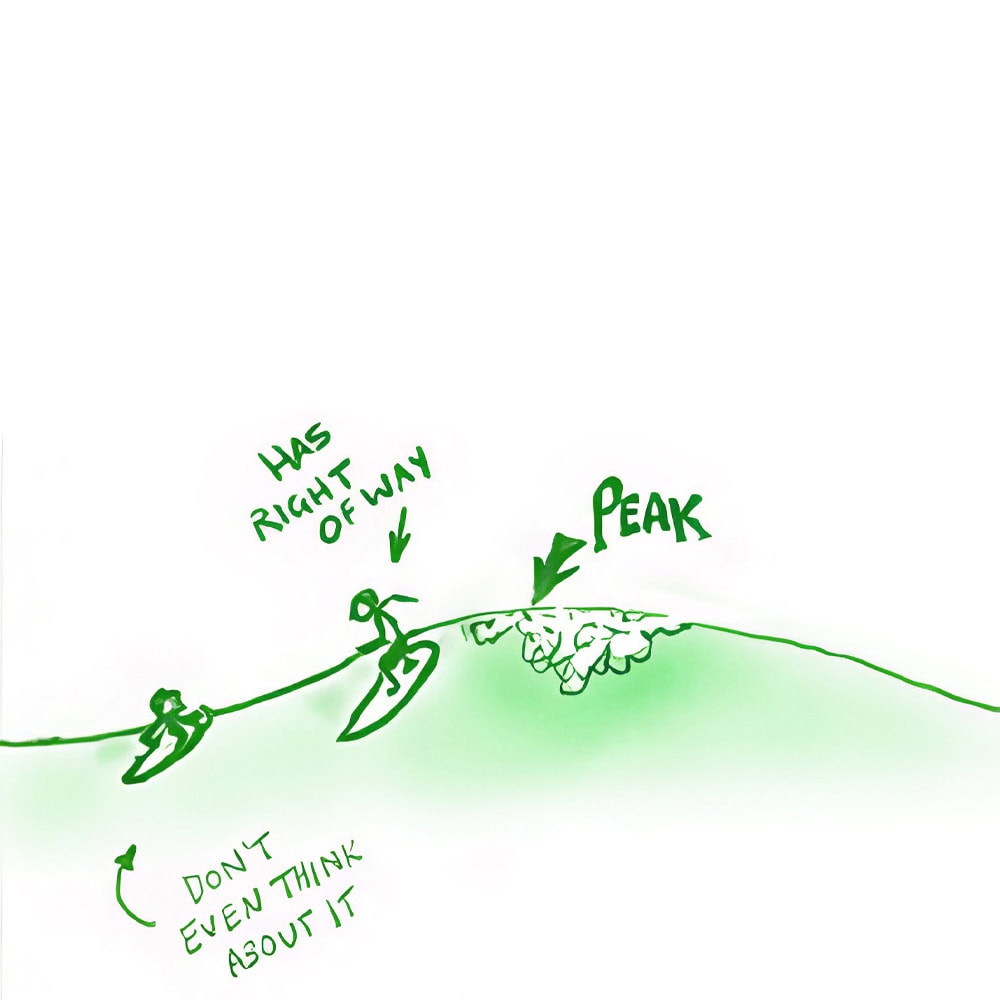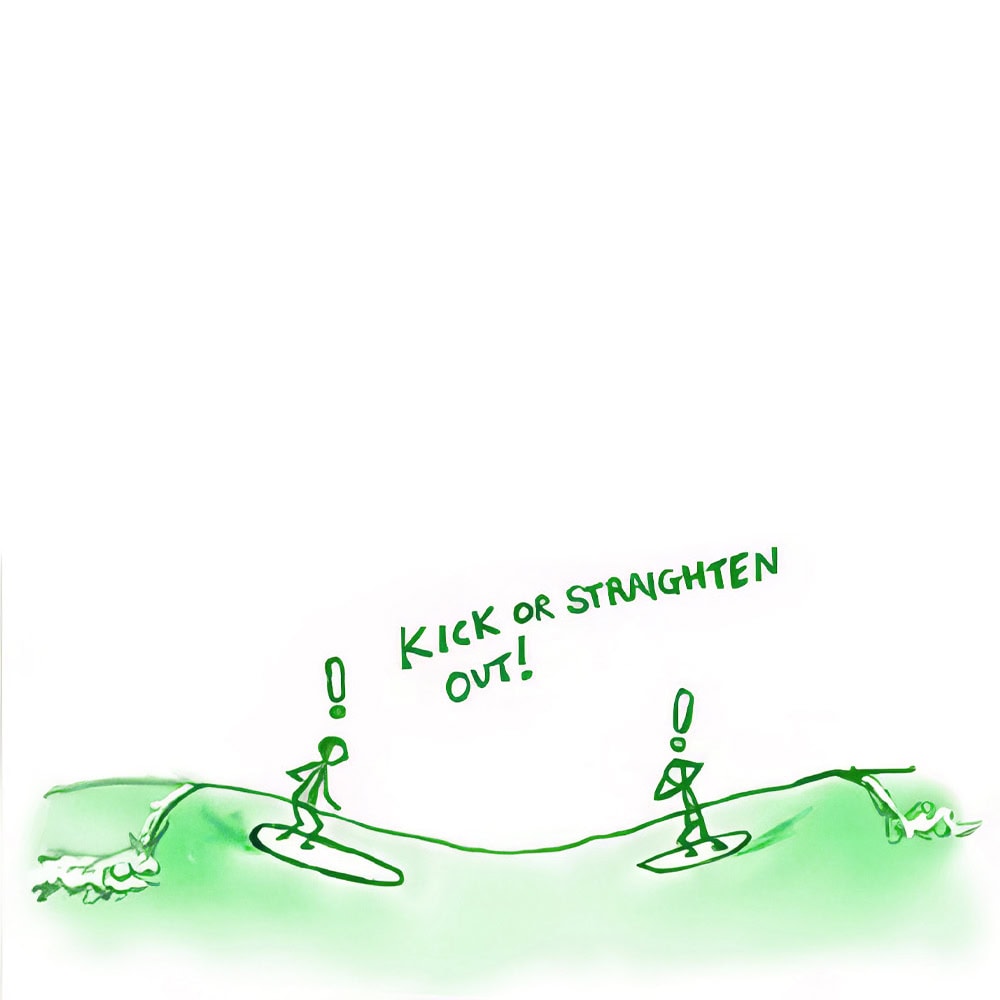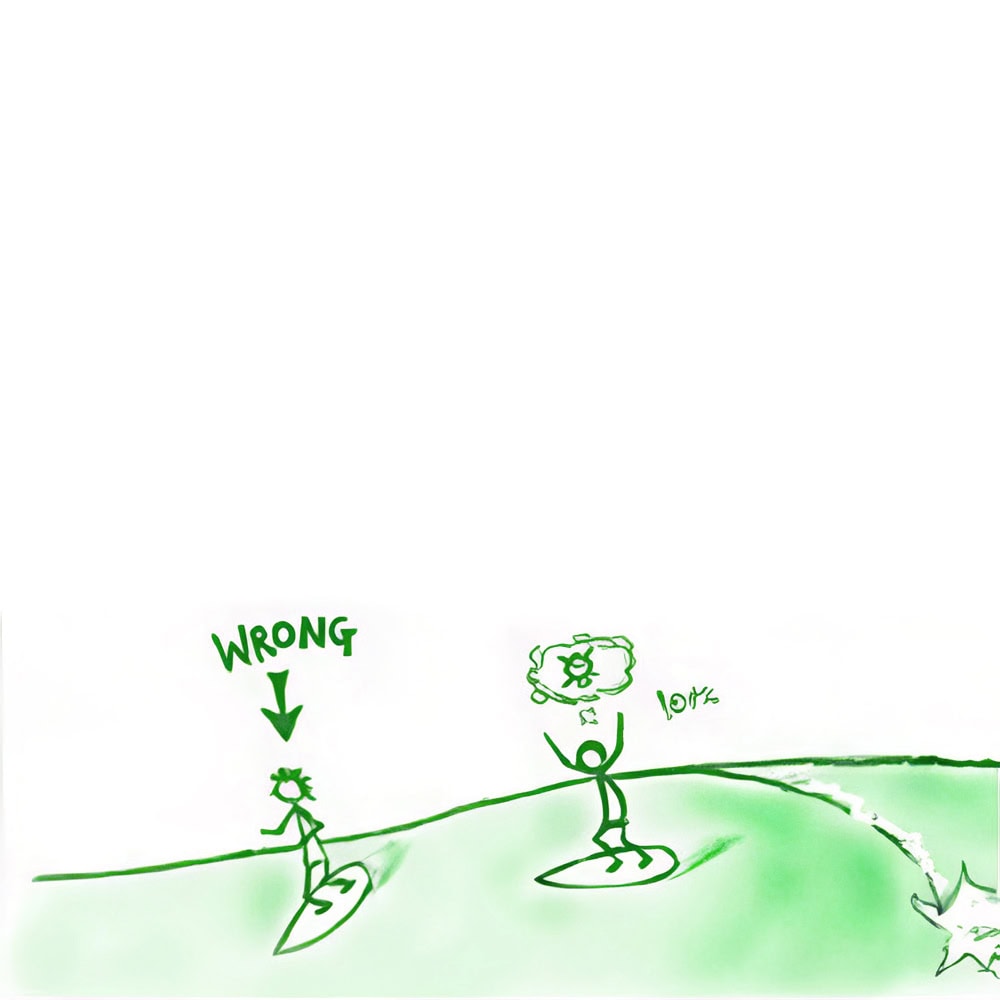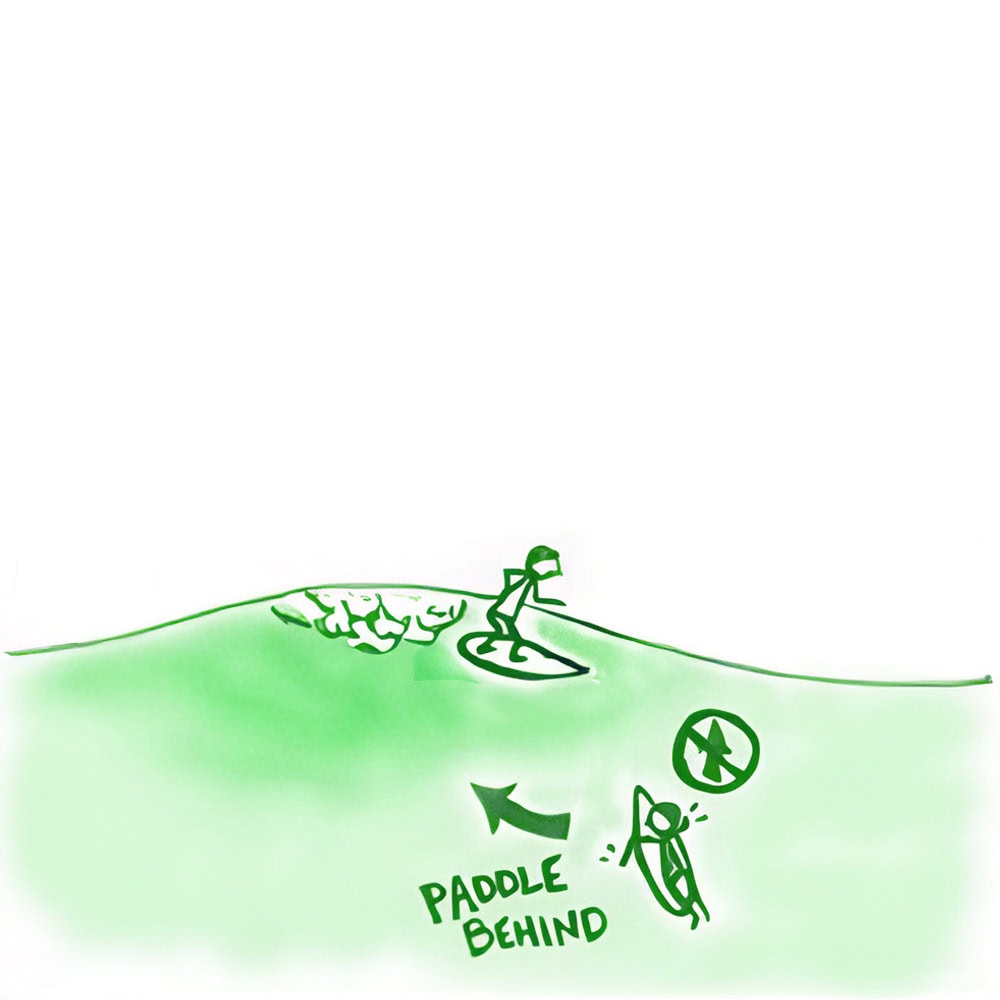LEARN & MEMORISE SURFING ETIQUETTE
Surf Etiquette is the most important things you MUST learn before you set foot in the water for the first time. The etiquette of surfing is a set of rules that all surfers must abide by in order for all water users to get along, have fun, stay happy and reduce the risk of injury.
People who repeatedly break these rules are often given the stink-eye, a stern talking to, yelled at with obscenities, or just flat out beat up.
Don’t worry, if you accidentally drop in on someone once they aren’t going to beat you up. However, there are rules of the road out there and this is the real world. If you’re constantly stealing waves or not being respectful, you’re going to have a run in.
With the growing popularity of surfing, the number of people in the water is on the rise and unfortunately surfing etiquette is gradually eroding away.
New surfers should memorise these rules, and even veterans should take a refresher course now and then. This might seem like a lot of stuff to remember, but in time it will become second nature. Most surfing etiquette rules are common sense anyway
MAJOR SURFING RULES
OTHER SURFING RULES
Don’t ditch your board
This is important, especially when it gets crowded. Always try to maintain control and contact with your board. Surfboards are large, heavy, and hard. If you let your board go flying around, it is going to eventually hit someone in the head. This means if you’re paddling out and a wall of whitewater is coming, you don’t have permission to just throw your board away and dive under. If you throw your board and there is someone paddling out behind you, there is going to be carnage. This is a hard rule for beginners, but if you manage to avoid picking up the habit of throwing your board you will be a MUCH better and well respected surfer.
Don’t Snake
“Snaking” is when a surfer paddles around another surfer in order position himself to get the right of way for a wave. He is effectively making a big “S” around a fellow surfer. While not immediately hazardous to your health, this is incredibly annoying and heavily frowned upon. You can’t cut the lineup. Patiently wait your turn. Wave hogs don’t get respect in the water. Also, being a local doesn’t give you permission to ruthlessly snake visitors who are being polite.
Beginners: Don’t paddle out in to the middle of a packed lineup
This is kind of open to interpretation, but it still stands: if you’re a beginner you should try to avoid paddling out into the middle of a pack of experienced surfers. Try to go out to a less crowded beginner break. You’ll know you’re in the wrong spot if people start starring at you giving you dirty looks.
Don’t be a wave hog
Just because you can catch all the waves doesn’t mean you should. This generally applies to longboarders, kayakers, or stand up paddlers. Since it’s easier to catch waves on such watercraft, it becomes tempting to catch them all, leaving nothing for shortboarders on the inside. Give a wave, get a wave and earn respect from your fellow surfers in the process.
Respect the beach
Don’t litter. Simple as that. Pick up your trash, and try to pick up a few pieces of trash before you leave even if it’s not yours.
If you mess up?
Nobody really mentions this in surfing etiquette lists, but if you mess up and accidentally drop in or ruin someone’s wave, a quick apology is appreciated, and goes a long way to defusing tension in crowded lineups. You don’t have to grovel at their feet (well, unless you did something horrible). Honestly, if you drop in on someone and then ignore them, it’s pretty stupid and will only cause friction in the lineup, and its usually aimed at you.
Summary
This might seem like a lot of stuff to remember, but in time it will become second nature. Most surfing etiquette rules are common sense anyway.
It dosnt matter if you're the best surfer in your area, if you don’t have common surf etiquette no-one will look at you as a good surfer, just a disrespectful unpleasant person who is too selfish or unwilling to obey a few simple rules that will enable everyone to get along better.
Have fun in the water!
NEED MORE INFO?
Use the form to get in touch and we'll get back to you as quickly as possible.
You can call us on:
+44 (0)7911 710 789
pop in and see us or drop us a direct email.





